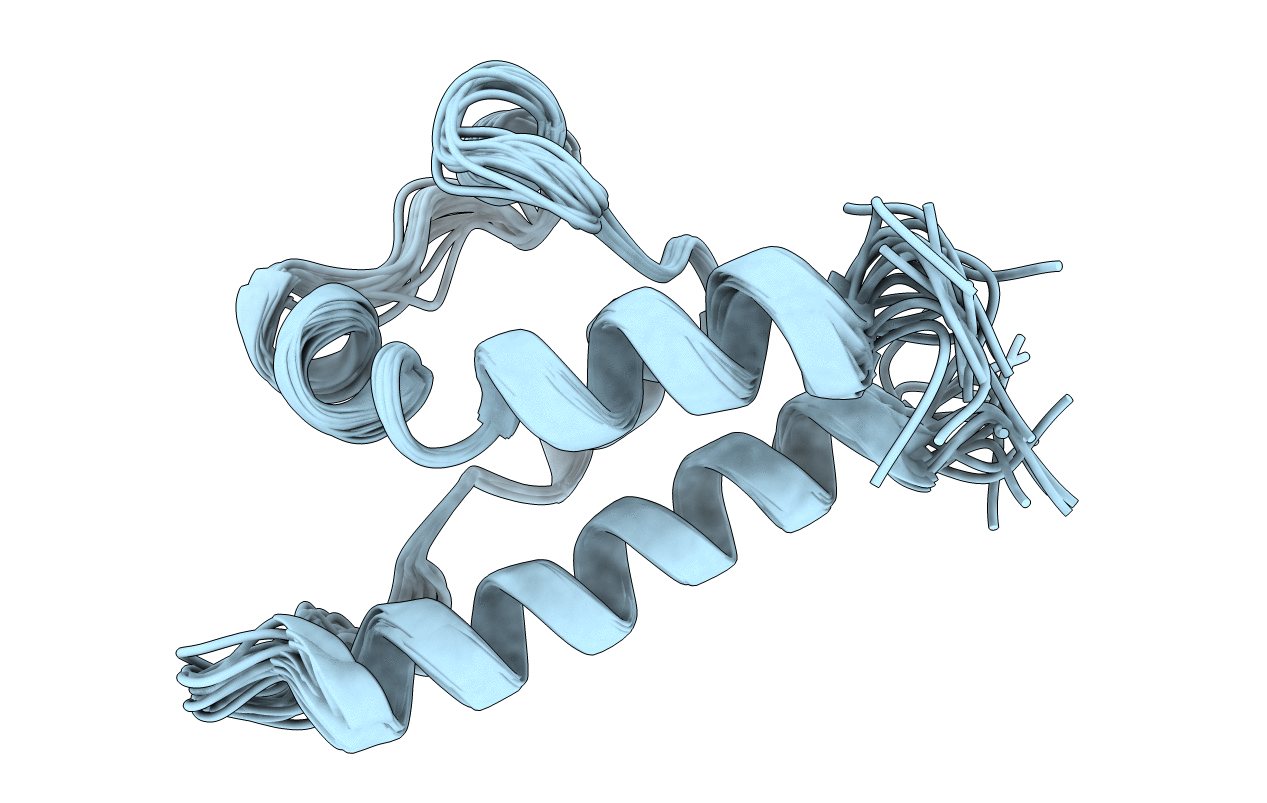
Deposition Date
1999-10-21
Release Date
2000-01-10
Last Version Date
2024-05-22
Entry Detail
PDB ID:
1D8B
Keywords:
Title:
NMR STRUCTURE OF THE HRDC DOMAIN FROM SACCHAROMYCES CEREVISIAE RECQ HELICASE
Biological Source:
Source Organism:
Saccharomyces cerevisiae (Taxon ID: 4932)
Host Organism:
Method Details:
Experimental Method:
Conformers Calculated:
100
Conformers Submitted:
15
Selection Criteria:
STRUCTURES WITH ACCEPTABLE COVALENT GEOMETRY, STRUCTURES WITH FAVORABLE NON- BOND ENERGY


